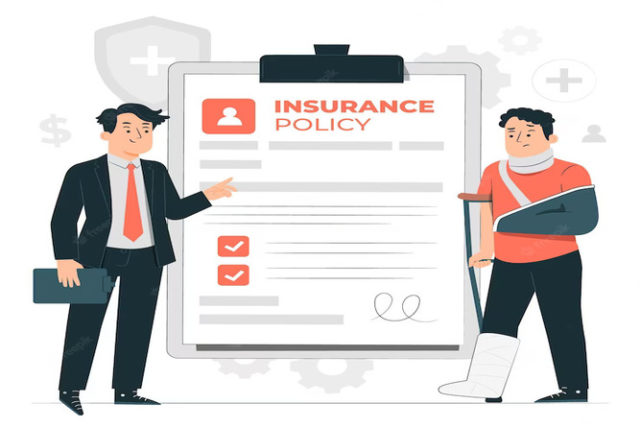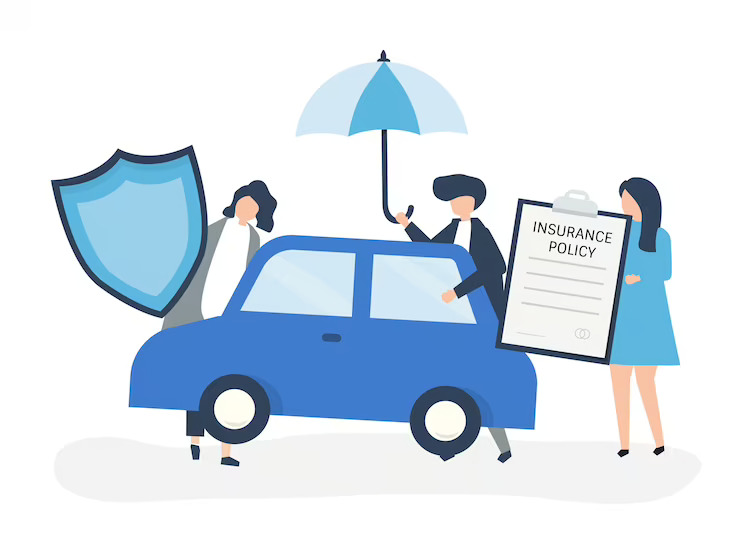The rain of the monsoon season brings along issues such as traffic jams, waterlogging, and low visibility, creating a situation that is hazardous for those on the roads. As per a World Bank report, India has 1% of world vehicles, yet ranks highest in fatalities due to road accidents.
To safeguard against such incidents, laws require purchasing motor insurance of at least one-year comprehensive plus a three-year third party for a new car. years.
Insurance Fundamentals For Motor Insurance And Road Safety
Drivers must be extra cautious in the rainy season as the roads can be dangerous. Taking time to familiarise yourself with wet weather driving techniques will ensure you stay safe while driving in the rain. Here are some essential details:
-
Zero Depreciation Coverage:
The value of a car decreases with each passing day. After purchasing a vehicle, its price depreciates by about 5% the next day. Insurance companies consider this loss of value while settling a claim and pay out an amount accordingly. One way to counter this depreciation is to get a bumper-to-bumper cover that transfers the depreciation responsibility to the insurer.
-
Tyre Protection Coverage:
It would help if you never sacrificed tire protection as your car runs on wheels. A good tire protection plan will help guard against risks like tire bursts, cuts, and labour charges for tire refitting. Also, a strong wheel cover is essential, particularly during heavy rainfall when road grip is minimal.
-
Engine Protection Coverage
A functioning engine is an essential vehicle component, yet a primary or comprehensive policy does not cover this damage. Therefore, adding a hydrostatic rider to your insurance plan is encouraged, given the conditions in India. It, in turn, protects against water damage to your engine and more common problems like a leaking cooling system or oil spills.

-
Tyre Protection:
Ensure your car is equipped with tire protection to guard against breakages, punctures, and tire explosions. A reliable wheel band will provide extra grip and stability when the road is wet due to heavy rain. However, tire protection will not cover minor puncture repair, imbalance, misalignment, or factory defects.

-
No-Claim Bonus Protective Coverage
A no-claim bonus (NCB) is an incentive from the insurer to take proper care of your vehicle. Go the whole duration of your policy without filing a claim. The insurance provider may offer you a discounted premium or other reduction upon renewing or porting the policy.

On the other hand, one lawsuit could mean forfeiting this bonus. By taking out an NCB protection plan, it’s possible to preserve the reward despite filing a claim. Depending on the duration of claim-free policy years, people can benefit from upward of 20% to 50%. It can be especially beneficial for those who display responsible driving habits.
-
Consumable Covers:
When buying a car, it is advisable to consider foreseeable expenses like tire replacements and regular maintenance. However, it is essential to remember that the vehicle is a complex system that requires fragile parts such as bolts, screws, coolant, lubricant, and grease to ensure proper operation and keep the metal body running smoothly. To cover such expenses, one can opt for a comprehensive car insurance policy that reimburses parts used for repair up to 60 months after purchasing a car.
Conclusion:
From keeping your tires, batteries, and engines safe from damages to safeguarding you from third-party liabilities, many private car and two-wheeler package policies have excellent offerings in motor insurance policies to keep you worry-free in the long run. Please wait until the rainy season hits; cover yourself before it brings beauty and challenges and protects your joy rides this monsoon season.













































